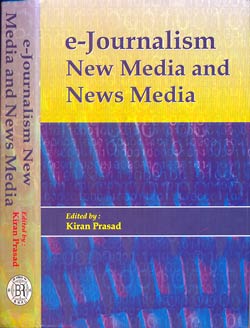I spoke at an event organised by the Queensland Chapter of the Australasian Study of Parliament Group last night, in the Queensland Parliamentary Annexe – alongside Democrats leader turned Greens candidate Andrew Bartlett, On Line Opinion founder Graham Young, and Courier-Mail political journalist Craig Johnstone.
The theme of the evening was ‘whether bloggers are the new fourth estate’ – and here’s what had to say (a bit of a rant, as is pretty much unavoidable after the election campaign we’ve had):

 First, with a chapter on "
First, with a chapter on "










